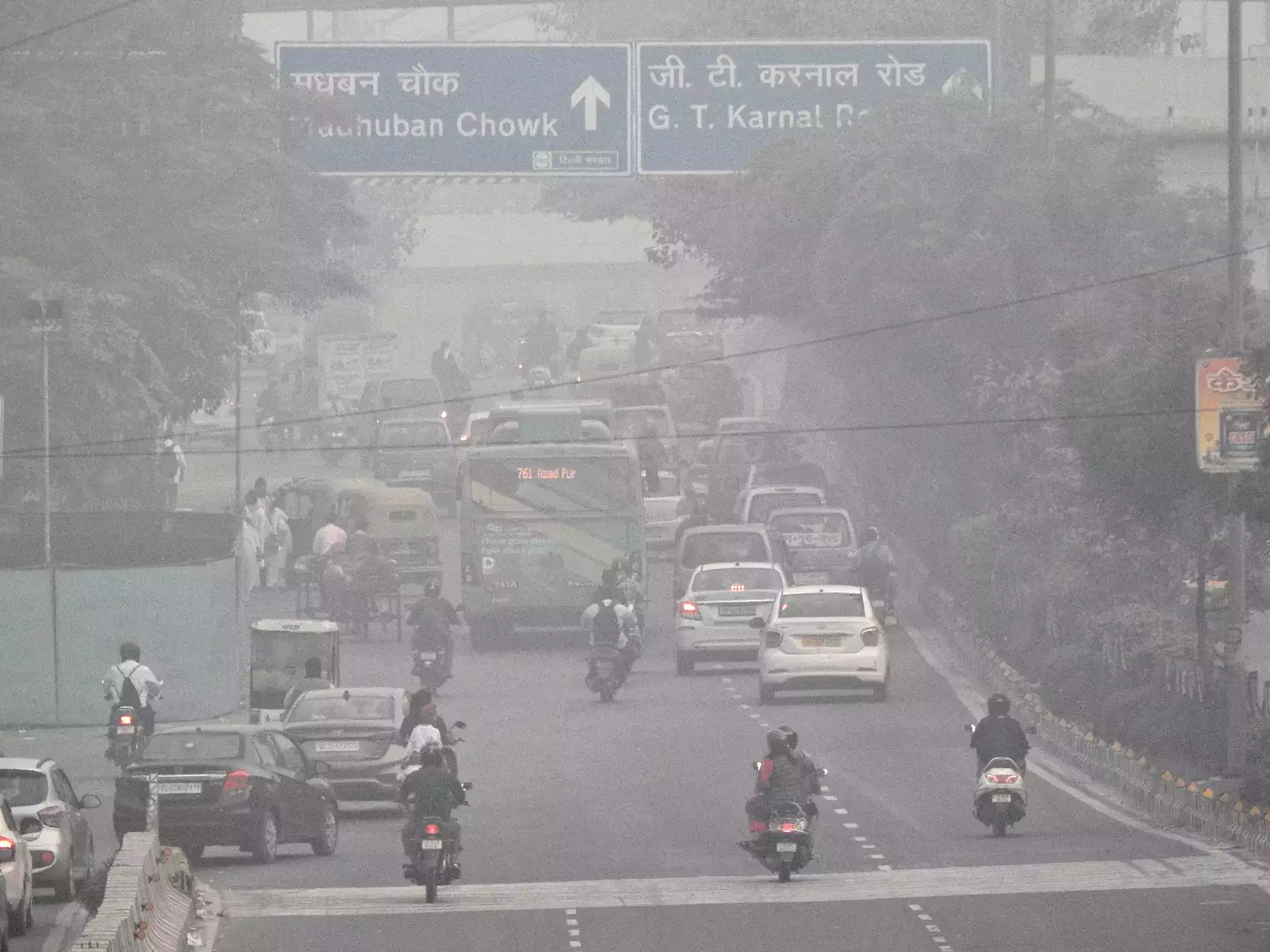New Study Reveals Fluctuating PM 2.5 Levels in India’s Major State Capitals
A recent study has examined the levels of PM 2.5, a hazardous air pollutant, in India’s major state capitals from 2019 to 2023. The cities included in the analysis are Delhi, Mumbai, Chennai, Kolkata, Bengaluru, Lucknow, and Patna.
According to the findings, Delhi, Mumbai, Hyderabad, and Kolkata experienced higher PM 2.5 levels in October 2023 compared to the previous year. On the other hand, Chennai was identified as the least polluted city, with a significant decrease of over 23% compared to the previous year.
Delhi, known for its severe air pollution problem, continued to face an upward trend in PM 2.5 levels since 2021. The city recorded the highest pollution levels among the eight cities analyzed in this study. Between 2019 and 2023, Delhi experienced a sharp increase of 32% in PM 2.5 levels in 2020, followed by a dip of 43.7% in 2021. However, there has been a steady increase in pollution levels in 2022 and 2023.
The study noted that the air quality in Delhi had deteriorated by 4.4% in the past year, with PM 2.5 levels rising from 109.1 micrograms/cubic meter (μg/m3) to 113.9 μg/m3. It is worth mentioning that the October 2023 levels were 3.7 times higher than the “safe” limit set by the Central Pollution Control Board (30 μg/m3) and 7.5 times higher than the safe limit recommended by the World Health Organization (15 μg/m3).
Similar to Delhi, Mumbai also experienced a steady increase in PM 2.5 levels from 2019 to 2023, indicating a significant decline in air quality. Last month, pollution levels in Mumbai spiked by over 42% compared to October of the previous year. In earlier years, PM 2.5 levels in Mumbai rose by 54.2% between 2019 and 2020, slightly fell in 2021 by 3%, and decreased by 0.9% in 2022.
Hyderabad and Kolkata also observed an increase in October PM 2.5 levels in 2023 compared to the previous year. In Hyderabad, pollution levels increased by 59% between 2019 and 2020, experienced a slight dip of 2.9% in 2021, a considerable decrease of 29.1% in 2022, but saw a rise again by 18.6% in 2023. Similarly, in Kolkata, PM 2.5 levels declined by 26.8% between 2019 and 2020, increased by 51.7% in 2021, decreased by 33.1% in 2022, and rose once again by 40.2% in 2023.
Lucknow, Patna, Bengaluru, and Chennai were the four capitals that witnessed a decline in October PM 2.5 levels between 2022 and 2023. In Lucknow, pollution levels spiked by 55.2% between 2019 and 2020, dropped by 53.4% in 2021, increased by 6.2% in 2022, and fell by 0.9% in 2023. Similarly, in Patna, PM 2.5 levels fell by 14% in 2020, further dipped by 36.7% in 2021, significantly increased by 47.7% in 2022, and finally decreased by 11.1% in 2023.
In Bengaluru and Chennai, October PM 2.5 levels also decreased between 2022 and 2023. Bengaluru experienced a significant increase of 72.1% in PM 2.5 levels between 2019 and 2020, a slight decrease of 5.8% in 2021, an increase of 29.6% in 2022, and a decrease of 11.6% in 2023. Chennai, on the other hand, saw an increase of 43.2% in 2019-2020, a decrease of 27.8% in 2021, a rise of 61.6% in 2022, and a decrease of 23.7% in 2023.
These findings highlight the varying levels of air pollution across India’s major state capitals, with some cities experiencing a significant deterioration in air quality. It is crucial for authorities to take urgent measures to address this issue and implement effective pollution control strategies to safeguard public health.

I have over 10 years of experience in the cryptocurrency industry and I have been on the list of the top authors on LinkedIn for the past 5 years.

